 The Biggest Movie Ever Made! $700 million in Today’s Money, 120,000 soldiers –
The Biggest Movie Ever Made! $700 million in Today’s Money, 120,000 soldiers –
This is an updated version of the old video, in 16:9 instead of 4:3. It is a montage of clips from the most expensive film ever made (in today’s dollars the budget would be over $700 million). The movie is Sergei Bondarchuk’s War & Peace, made in Russia in the mid-60’s, and these scenes are from the Battle of Borodino, an hour long battle sequence. These were the days before CG animation, there are no special effects creating these huge armies, it is all REAL. 120,000 soldiers in period costumes, thousands of horses, etc. No film will ever come close to this in terms of spectacle, without being, essentially, a work of animation (like The Return of the King).
This video absolutely DOES NOT represent the full effect of the film. Only a big screen can do War and Peace justice. There are a ton of details in the background that can’t even be made out on YouTube, and the detail of the final shot in the video (possibly the most epic shot in film history) is completely lost on YouTube.
I first saw this extravaganza in a San Francisco movie theater in the early 70s. It was, for a time, shown every year as a kind of sop to all the San Fransicko lib and progs. The movie would start at 11:00 PM after an hour or so warming up and getting in the mood in the lobby with vodka bottles encased in blocks of ice, shashlik, and caviar. We then sat through 3 segments of 2 hours for the first two and three for the last. All with 30-minute intermissions for MORE vodka bottles encased in blocks of ice, shashlik, and caviar.. WE STAGGERED (literally) out into a raw San Francisco dawn with massive hangovers and ears still ringing from the Battle of Borodino. Lesson learned for today? Russia has massive armies and uses them and doesn’t care about high casualties at all.
The full movie, over 7 hours in four sections, is currently viewable on The Criterion Collection and HBO MAX.


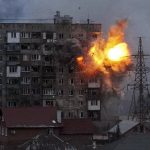
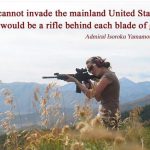
![That Was the Whopper Weekend That Was [Illustrated] welcometohell](https://americandigest.org/wp/wp-content/uploads/2021/05/welcometohell-150x150.jpg)


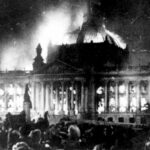
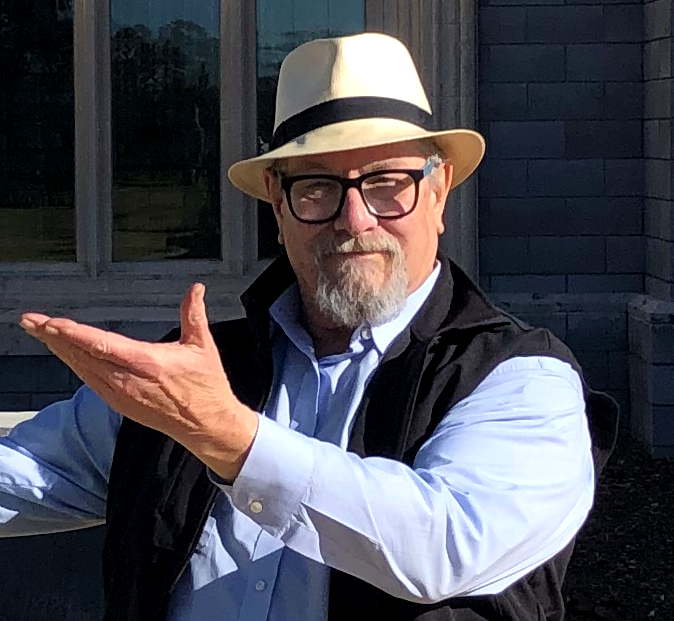 Gerard Van der Leun
Gerard Van der Leun












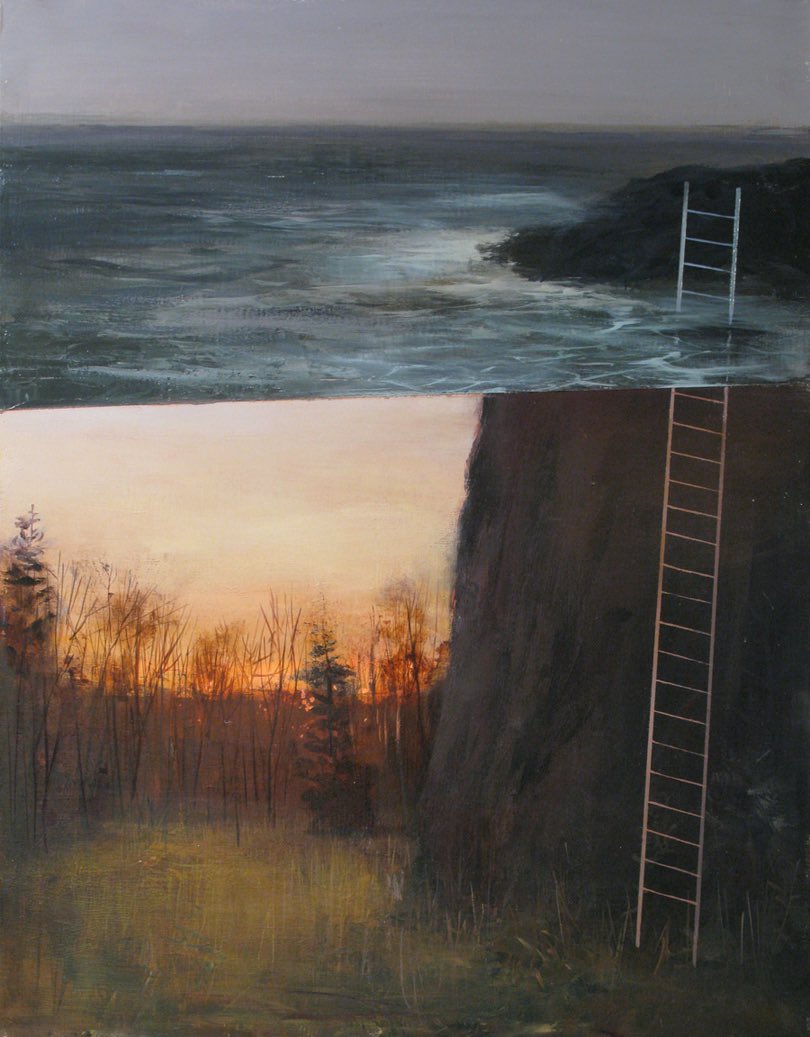


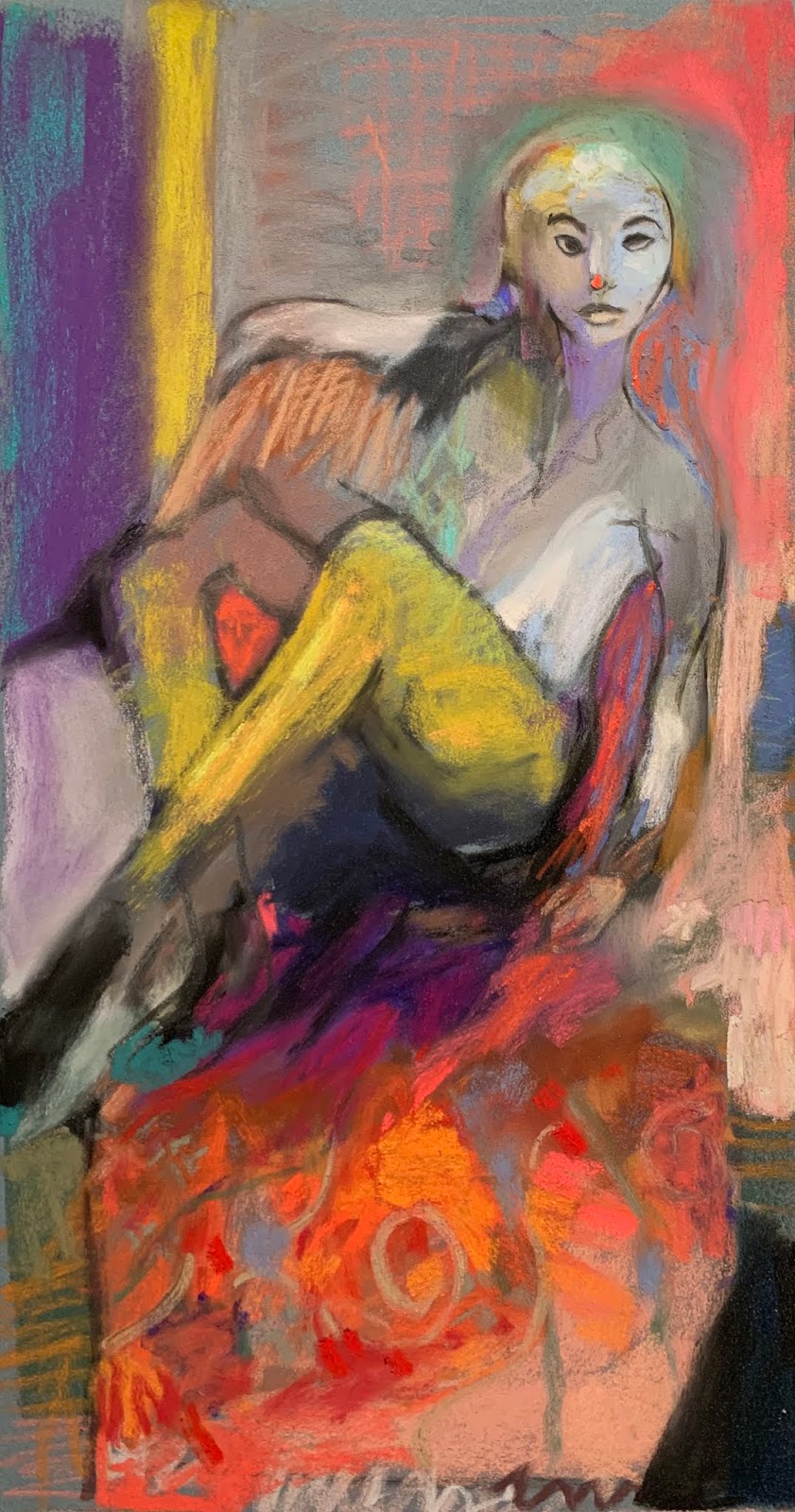
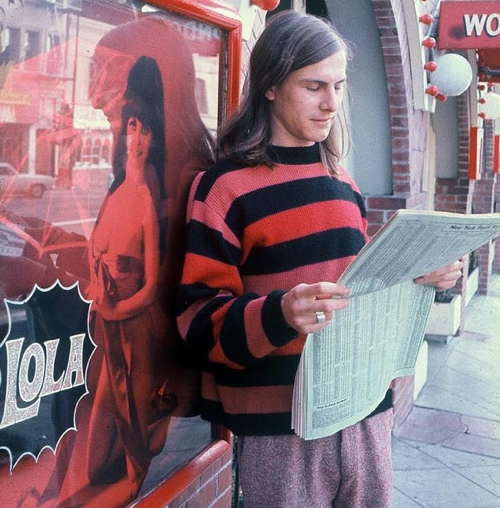
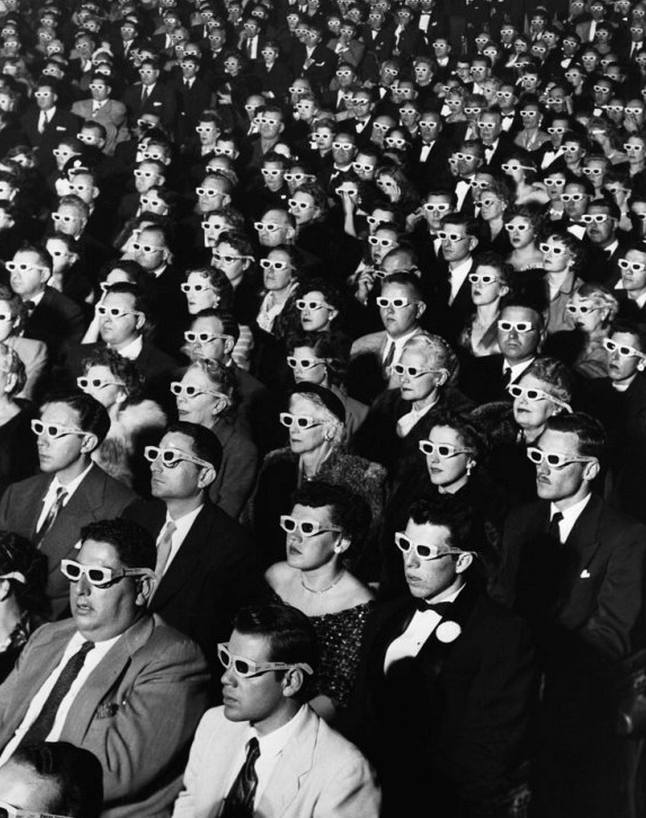
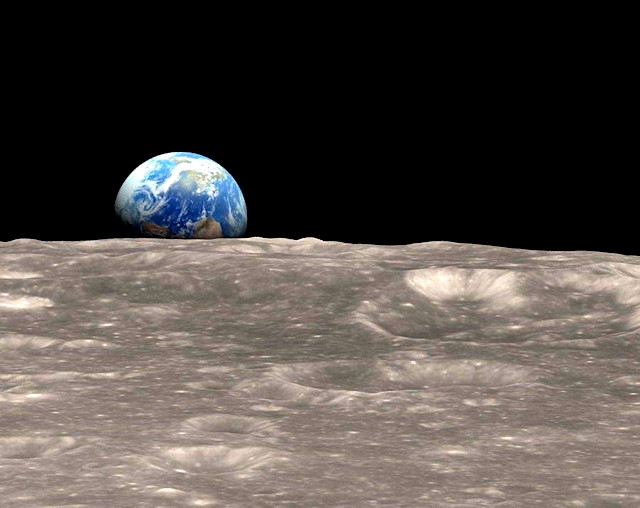





Comments on this entry are closed.
I don’t think I saw this one clear through, but I did read the book.
I have a lead toy of General Kutuzov, in my collection of lead soldiers. He won Borodino by losing it slowly, and it was a defensive battle. Other than Kursk, and Stalingrad, and to a lesser extent, the Napoleonic battle and the Hitlerian battle of Moscow, add Borodino to the few brilliant battles Russia can proclaim. All: defensive battles.
Return to your acclamation of Russian prowess. Looks like some sources are calling for Putin to be out of everything by Sunday. But, what do I know?
I may have to polish off that bottle of vodka in my freezer. Not sure where another will be acquired. I have a box of 5.56 in trade.
Sergei Bondarchuk loved filming recreations of Napoleonic battles. Two years after “War and Peace” he filmed “Waterloo”. He used 17,000 members of the Soviet Army and filmed it in—wait for it—Ukraine.
“The impact of the 15,000 authentically dressed extras, recreating the battle sections with true numbers and without special effects, is unsurpassed, and remains the highest number of costumed extras in any film”
https://www.youtube.com/watch?v=rt4mYUKjzn0
It helps greatly to have a basic understanding of Napoleon’s 1812 invasion of Russia to fully appreciate the Battle of Borodino, where 70,000 French and Russians ended up as casualties. Borodino was the bloodiest day of the Napoleonic Wars (1796 – 1815) and counts as a French victory. After the battle the Russians still could muster 100,000 men.
Only one other one-day land battle in History was bloodier, the Battle of Cannae (216 BC) between Hannibal and Rome. More than 80,000 died in four hours of hand-to-hand fighting. Hannibal won despite being out numbered more than 2:1. The tactics he used at Cannae—those of encirclement—are still studied today in military academies around the world.
Fascinating to discover today that ‘Waterloo’ was basically a Soviet film shot in Ukraine with an entirely western cast speaking English about a fundamental moment in Western history. With a massive contribution of men and material by the Red Army. In the late 60’s, mid-Cold War.
I rather wonder just what the Soviets thought they were getting for their money and effort. Charity toward Western history was not entirely a high Soviet pbyriority at the time.
It does make one note that the severance of a thousand year old culture of 150 million people from the rest of planet earth, which is truly what we are witnessing today, is a horrible tragedy however you might see it.
The Soviets were reminding the world that they could kick the shit out of France.
Soviet historians were no worse, and arguably far better, than the court historians we have today. All “official” biographies of American presidents read like what they are, hagiographies. See the Schlesingers—father and son—for a particularly nauseating description of JFK and his bogus and degenerate “Camelot”.
Russian historians after the fall of the USSR are quite good, having access to documents during the communist era. Dmitry Volkogonov (1928 – 1995) is just one example. His biographies of Lenin and Stalin opened up an entire new era of Soviet historiography.